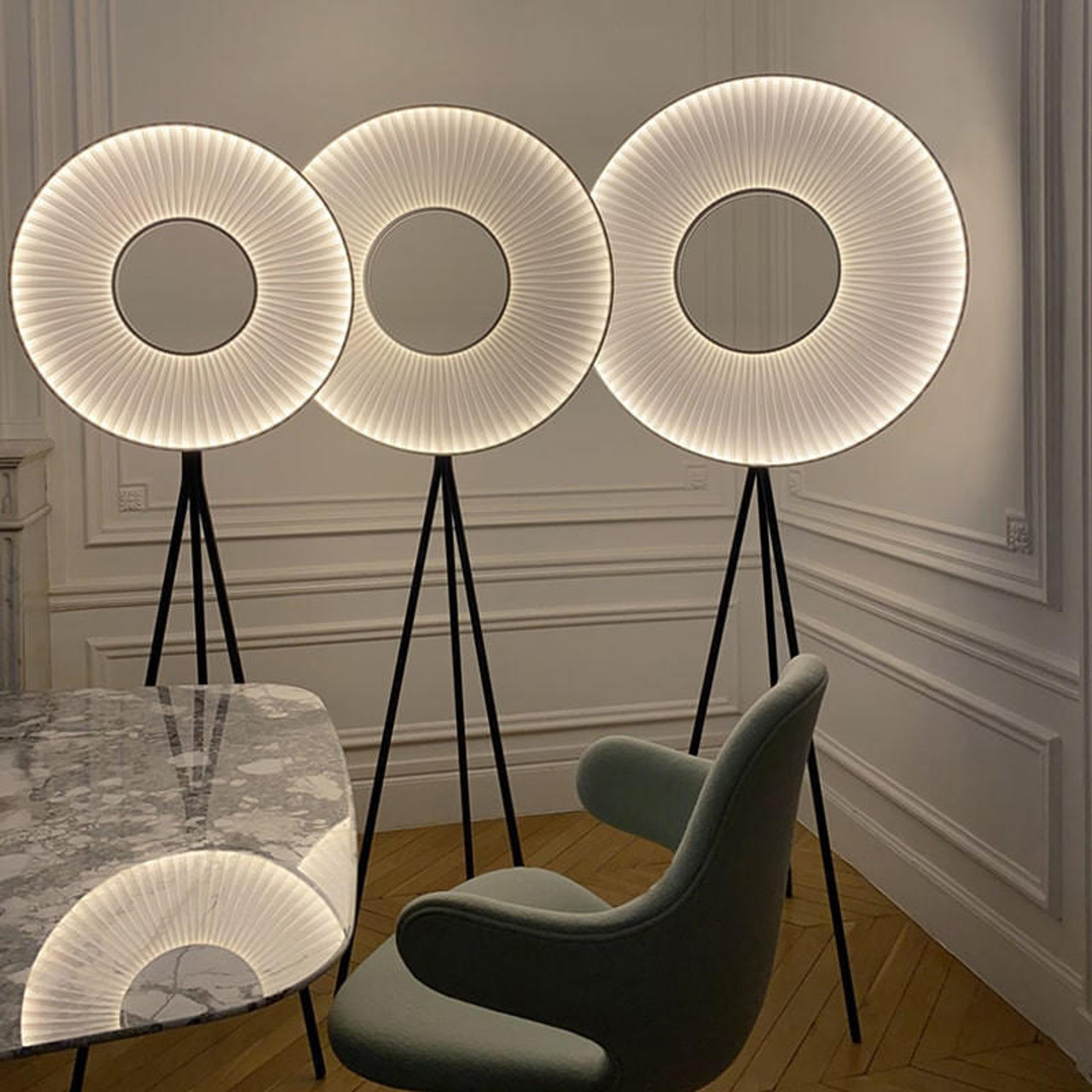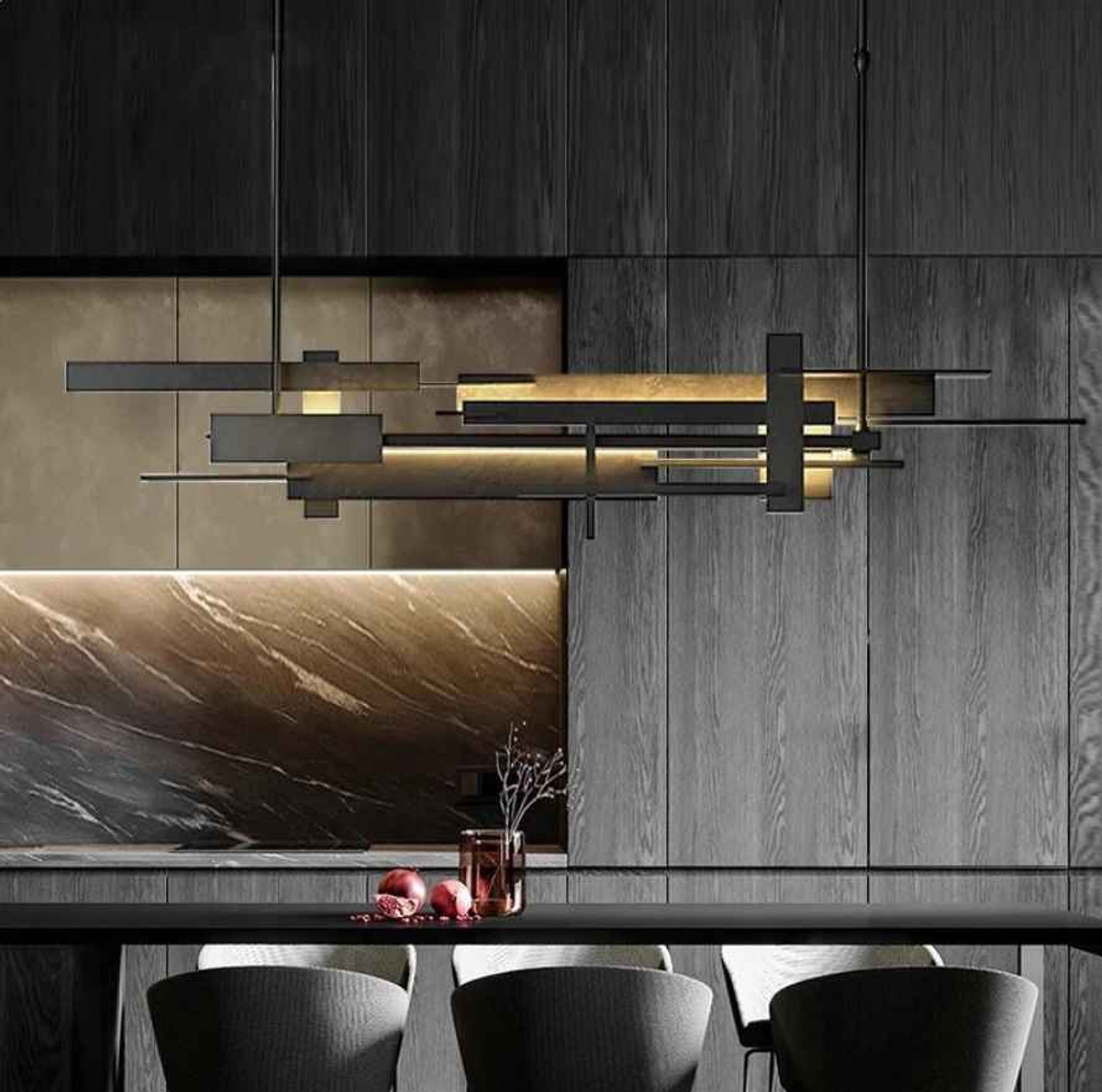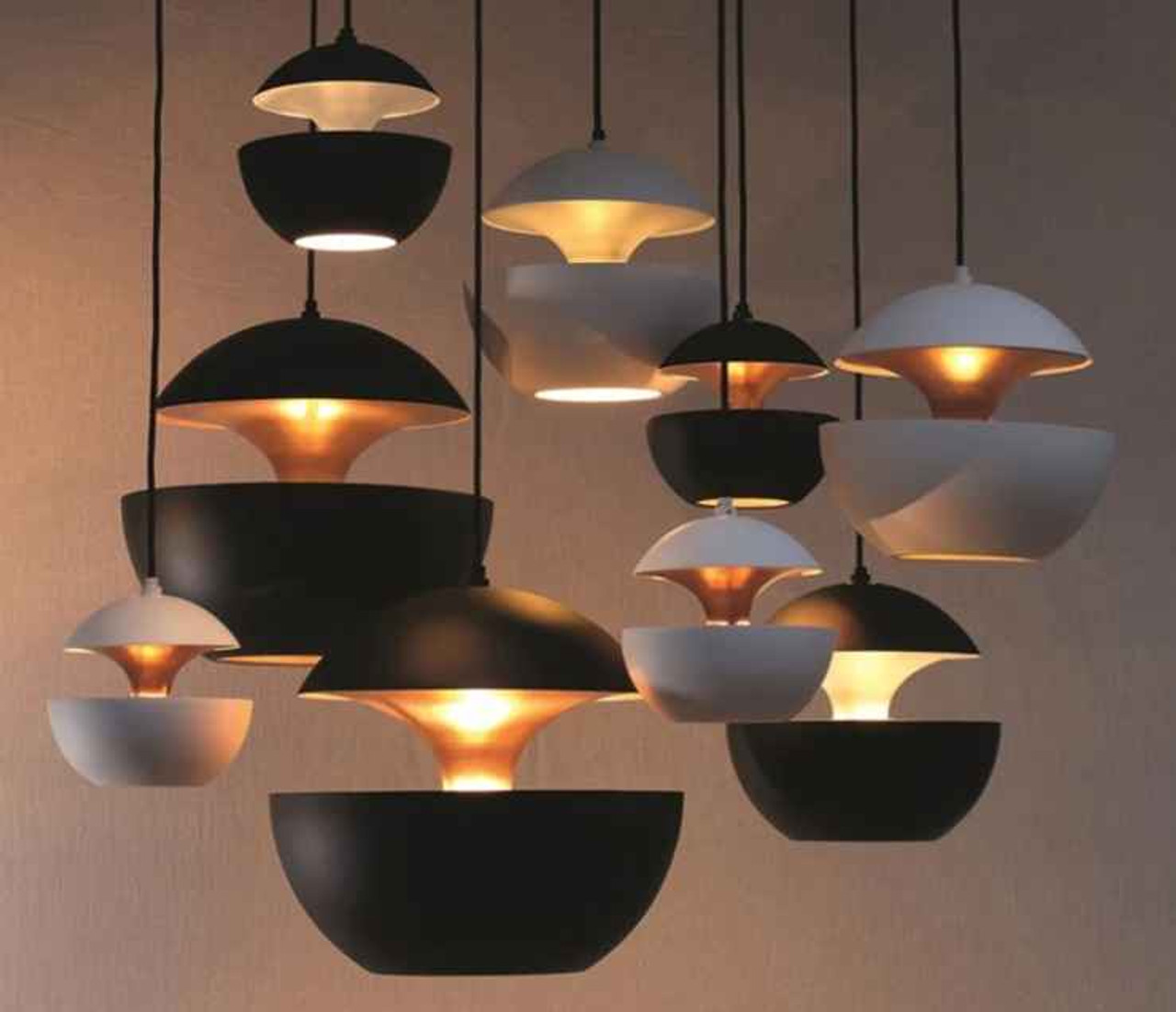Is Wood the Key to Sustainable Architecture in the Middle East?
Posted by Dr Martin Graythwaite - Architecture PhD / MPhil on 4th Sep 2024
In the world of architecture, few materials carry the weight of history like wood. Its use can be traced back thousands of years, from ancient Japanese temples to European cathedrals, to the log cabins that once dotted the American frontier. For centuries, wood has been synonymous with warmth, craftsmanship, and sustainability—a renewable resource capable of growing back, absorbing carbon, and even healing itself. But in the arid, sun-drenched deserts of the Middle East, where heat scorches the land and the sky offers little relief, wood has rarely been considered a viable building material.
Yet, the world is changing. As the Middle East wrestles with rapid urbanization, environmental challenges, and the global call for sustainability, some architects and engineers are beginning to ask a provocative question: Could wood be the answer? Could a material traditionally associated with temperate climates and lush forests play a transformative role in the region’s architectural future?
The question isn't just theoretical. Across the globe, from the forests of Scandinavia to the dense cities of Japan, architects are rediscovering the potential of wood, not as a relic of the past but as a symbol of a sustainable future. So, why not in the Middle East? Why not in a region that is increasingly desperate to build a future that balances growth with environmental responsibility?
To answer these questions, we must first unravel a complex web of history, culture, and science. We must explore the nature of wood—its strengths and limitations—and consider how it could adapt to the unique conditions of the Middle East. And perhaps most importantly, we must examine whether the region’s architects, developers, and governments are ready to embrace a material that challenges their long-held assumptions about what sustainable architecture can—and should—be.
The Environmental Imperative
Let’s start with the problem. The Middle East is at the epicenter of one of the most pressing environmental challenges of our time. The region is experiencing unprecedented rates of urbanization. Cities are swelling, driven by population growth and an influx of migrants. The demand for housing, offices, and infrastructure is soaring. Meanwhile, the climate crisis is escalating. Temperatures in parts of the region are rising at twice the global average, water scarcity is intensifying, and the reliance on non-renewable energy sources like oil and natural gas is becoming unsustainable.
In the face of these challenges, architecture has a pivotal role to play. Buildings account for a significant proportion of the world’s energy consumption and carbon emissions. In the Middle East, where air conditioning alone consumes vast amounts of energy, the need for sustainable building solutions is urgent. For decades, architects in the region have turned to steel, concrete, and glass—materials that, while sturdy and efficient, come with significant environmental costs.
Concrete, for instance, is responsible for around 8% of global CO2 emissions, thanks to the energy-intensive process of producing cement. Steel production is similarly carbon-intensive. And yet, these materials have become the standard in the Middle East, in part because of their durability in extreme climates. Wood, by contrast, has been largely overlooked, seen as a material that warps, decays, and burns—all deal-breakers in a region known for its harsh weather conditions.
But the argument for wood is not about nostalgia or tradition. It’s about the future. In recent years, a movement has emerged around the concept of “mass timber”—a modern approach to wood construction that addresses many of the concerns associated with traditional wood buildings. And it is here, in the cutting-edge innovations of mass timber, that the Middle East may find a sustainable architectural solution tailored to its needs.
Mass Timber: The Wood Revolution
At first glance, the phrase “mass timber” might seem like a contradiction. After all, wood is typically seen as light, delicate, and combustible. How could it ever replace the concrete and steel that form the backbone of modern skyscrapers and megastructures? The answer lies in the way mass timber is engineered.
Mass timber refers to a family of engineered wood products, including cross-laminated timber (CLT), glulam, and laminated veneer lumber (LVL). These materials are created by bonding layers of wood together under high pressure to form strong, rigid panels or beams. The result is a product that is not only comparable to steel and concrete in terms of strength but also far lighter, easier to work with, and, crucially, sustainable.
Mass timber is made from fast-growing, renewable trees, and because wood absorbs carbon dioxide during its growth, timber buildings act as carbon sinks. For every ton of wood used in construction, approximately 1.8 tons of CO2 are sequestered. In contrast, the production of concrete and steel emits vast amounts of CO2 into the atmosphere.
The potential for mass timber buildings to combat climate change is significant. A study by Cambridge University suggests that timber could reduce the carbon emissions of global construction by up to 20%. Furthermore, as architects around the world have demonstrated, mass timber can be used in everything from low-rise residential buildings to towering skyscrapers. In fact, in cities like Vancouver, Vienna, and Tokyo, wood is already replacing steel and concrete as the material of choice for innovative new buildings.
But could mass timber work in the Middle East, where the climate is far more extreme than in the temperate forests of Canada or Scandinavia?
Wood vs. Heat: A Battle of Extremes
The desert presents a set of challenges that no architect can ignore. Temperatures in the Middle East regularly soar above 40°C (104°F), and the region experiences some of the highest solar radiation levels on Earth. In such conditions, wood’s natural propensity to expand and contract in response to heat and moisture becomes a concern. Wood can warp, crack, and degrade if not properly treated. And yet, recent advances in wood technology suggest that these challenges can be overcome.
One of the key innovations in mass timber is the use of heat-treated wood. Through a process known as thermal modification, wood is heated to high temperatures in the absence of oxygen, which alters its molecular structure and makes it more resistant to heat, moisture, and pests. This process significantly reduces the wood’s ability to absorb water, thereby preventing the warping and cracking that would typically occur in a hot, dry environment like the Middle East.
Moreover, architects can employ wood in hybrid systems, combining it with materials that provide additional insulation and protection from the elements. In fact, many of the world’s most innovative timber buildings incorporate a mix of wood, concrete, and steel to create structures that are both resilient and sustainable. These hybrid designs allow architects to use wood where it is most effective—such as in the structural framework and interior spaces—while using other materials to enhance the building’s performance in extreme climates.
And then there’s the issue of fire. In a region where temperatures can reach extremes, the risk of wildfires is always present. This is where mass timber’s surprising fire resistance comes into play. Contrary to popular belief, mass timber doesn’t ignite easily. Because of its thickness, mass timber chars on the outside when exposed to fire, creating an insulating layer that slows the spread of flames and protects the structural integrity of the building. Tests have shown that mass timber structures can perform as well as, if not better than, steel in fire scenarios.
Cultural and Economic Shifts
There’s another layer to this story, though, and it has less to do with the technical capabilities of wood and more to do with the cultural and economic landscape of the Middle East. For centuries, the region’s architecture has been shaped by its geography, religion, and traditions. Wood has historically been scarce in the Middle East, and the idea of using it as a primary building material is, in some ways, a radical departure from the region’s architectural norms.
The dominant architectural style in the Gulf states, for example, has been shaped by the availability of oil and the wealth it has generated. Iconic skyscrapers, built with steel and concrete, dominate the skylines of cities like Dubai and Doha. These buildings are symbols of modernity, progress, and economic power. The introduction of wood—associated with rural, pre-industrial societies—could be seen as a step backward in the eyes of some.
But the Middle East is changing. As oil-rich nations diversify their economies and look to a future beyond fossil fuels, sustainability has become a priority. Governments in the region are investing heavily in green technologies, renewable energy, and sustainable urban development. Cities like Masdar in the UAE, designed to be zero-carbon, are leading the way in demonstrating that the Middle East can be a hub for sustainable innovation.
At the same time, the global architectural community is increasingly embracing biophilic design—the idea that buildings should connect people with nature. In a world where urbanization often feels disconnected from the natural environment, wood offers a tangible link to nature. Studies have shown that buildings made of wood can improve occupants' well-being, reducing stress and promoting a sense of calm. In a region where the indoor environment is often harshly air-conditioned and artificial, wood’s warmth and natural beauty could offer a much-needed respite.
A Future Built on Wood?
So, is wood the key to sustainable architecture in the Middle East? The answer, it seems, lies in the middle ground between possibility and practicality. Technologically, mass timber has the potential to meet the region’s challenges head-on, offering a sustainable alternative to steel and concrete in a time when environmental concerns are growing more urgent. Culturally, the shift to wood may take time, as architects and developers rethink their approach to materials and design.
The Middle East has always been a region of contrasts—between ancient traditions and modern innovation, between harsh environments and luxurious oases. Wood, as a building material, embodies a similar duality. It is both old and new, natural and engineered, simple and sophisticated. Its potential in the Middle East lies not just in its technical merits, but in its ability to redefine what sustainable architecture can look like in a region that is constantly evolving.
In the end, the question of whether wood is the key to sustainable architecture in the Middle East is less about the material itself and more about the vision of those who will use it. If architects, developers, and governments are willing to embrace a new way of thinking about buildings—one that prioritizes sustainability, resilience, and a connection to nature—then wood may indeed become a cornerstone of the region’s architectural future.
And in a world where the stakes for sustainability have never been higher, that future cannot come soon enough.





